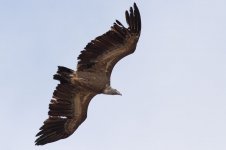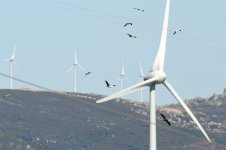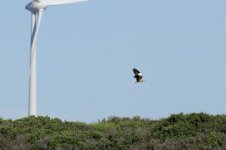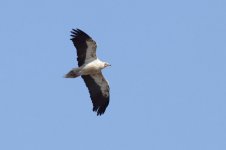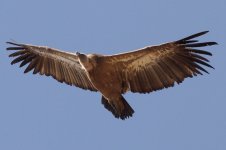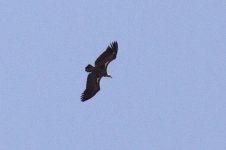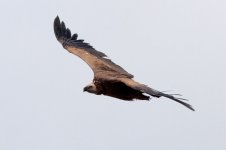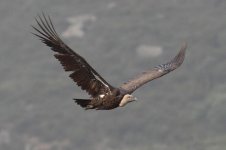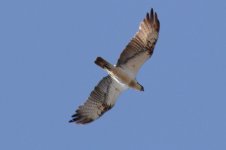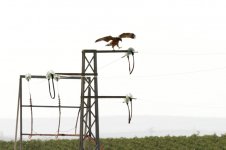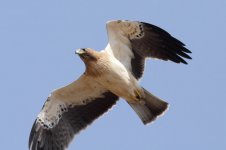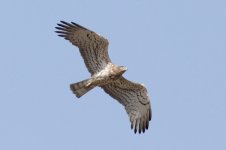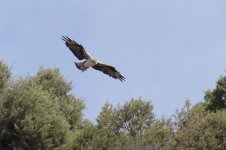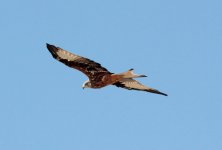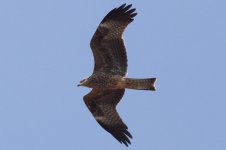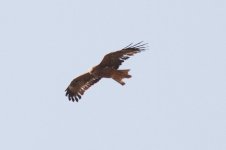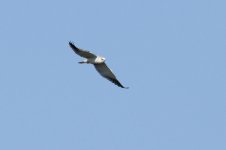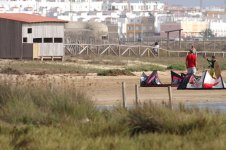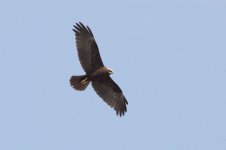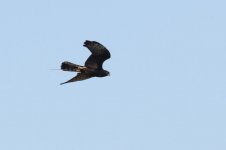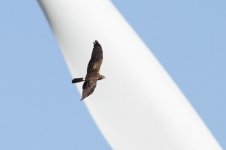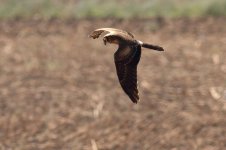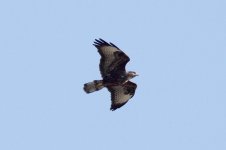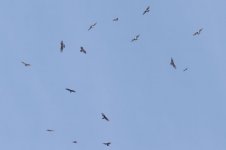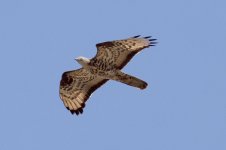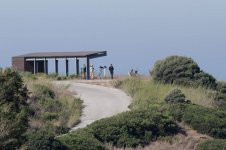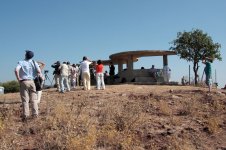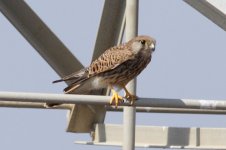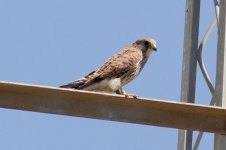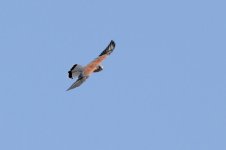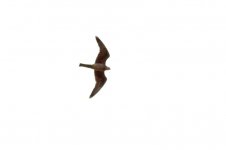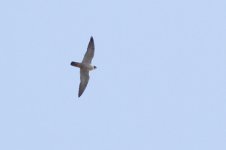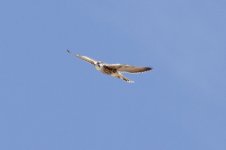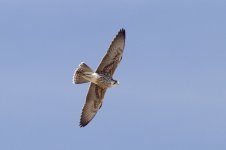Barred Wobbler
Well-known member
Part One
I’m finally getting things sorted following my recent visit to south-west Spain for the autumn migration. It’s been a yearly event for me for some years now and new species are getting hard to come by, but it’s a spectacular I don’t tire of.
This year I decided to spend a bit more time than in the past at the various observatories - particularly Algarrobo near Algeciras – in the hope of picking up a long-legged buzzard, a species that so far has eluded me. Algarrobo has been the source of a number of sightings of the species, particularly since Spain’s first breeding record was confirmed nearby a couple of years ago, although they have been seen elsewhere.
I wasn’t so much interested in the dashing around this year, although I still managed quite a bit of that. The list for the trip was down a little on last year, but that’s not what I was there for.
The success of this trip lay in the raptors. My previous best was 20 species on a trip in 2005. This one pipped that, with 22 species.
Vultures (1)
The vultures were as always spectacular. Griffons were all over in good numbers as usual, but noticeably absent from some sites where they would be expected a few years ago before Spain started getting particular about removing fallen livestock in response to EU directives.
The first part of the trip (three weeks from 6th to 27th September) gave the biggest movements of Egyptian Vultures, although they were still coming through at the end. My unscientific observations seemed to suggest that the western end of the Strait in the vicinity of Tarifa produced more Egyptian Vultures (and black kites) than the eastern end whichever way the wind was blowing, although wind direction obviously has an influence on the location of the overall passage,
Being near Tarifa, the vultures (and other migrants) are more in conflict with the forest of wind turbines that litters the hills. The turbines are fewer in number than a few years ago, but the old ones that have been removed have been replaced with bigger ones with longer blades and taller towers.
Those who have claimed that they are not a threat to migrating birds because the birds fly too high to be in danger should look away now, because the vultures in the picture below don’t appear to have read the script. They weren’t an isolated incident. All sorts of raptors run the gauntlet as they pass over the ridges and along the valleys.
I’m finally getting things sorted following my recent visit to south-west Spain for the autumn migration. It’s been a yearly event for me for some years now and new species are getting hard to come by, but it’s a spectacular I don’t tire of.
This year I decided to spend a bit more time than in the past at the various observatories - particularly Algarrobo near Algeciras – in the hope of picking up a long-legged buzzard, a species that so far has eluded me. Algarrobo has been the source of a number of sightings of the species, particularly since Spain’s first breeding record was confirmed nearby a couple of years ago, although they have been seen elsewhere.
I wasn’t so much interested in the dashing around this year, although I still managed quite a bit of that. The list for the trip was down a little on last year, but that’s not what I was there for.
The success of this trip lay in the raptors. My previous best was 20 species on a trip in 2005. This one pipped that, with 22 species.
Vultures (1)
The vultures were as always spectacular. Griffons were all over in good numbers as usual, but noticeably absent from some sites where they would be expected a few years ago before Spain started getting particular about removing fallen livestock in response to EU directives.
The first part of the trip (three weeks from 6th to 27th September) gave the biggest movements of Egyptian Vultures, although they were still coming through at the end. My unscientific observations seemed to suggest that the western end of the Strait in the vicinity of Tarifa produced more Egyptian Vultures (and black kites) than the eastern end whichever way the wind was blowing, although wind direction obviously has an influence on the location of the overall passage,
Being near Tarifa, the vultures (and other migrants) are more in conflict with the forest of wind turbines that litters the hills. The turbines are fewer in number than a few years ago, but the old ones that have been removed have been replaced with bigger ones with longer blades and taller towers.
Those who have claimed that they are not a threat to migrating birds because the birds fly too high to be in danger should look away now, because the vultures in the picture below don’t appear to have read the script. They weren’t an isolated incident. All sorts of raptors run the gauntlet as they pass over the ridges and along the valleys.
Attachments
Last edited:




